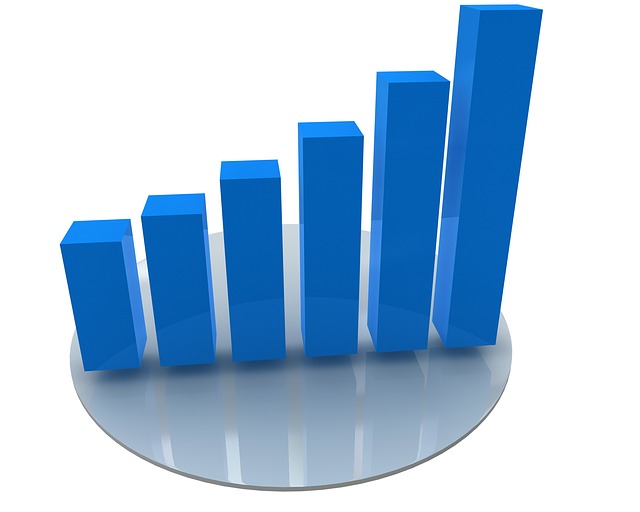
Whether you're a student, moving into a new home, starting a new business, or even opening a new branch at a larger corporation, chances are you're going to need access to the internet. It's important to know what kind of internet speeds you should look for based on your needs and what you can afford.
Student's wont need the same type of internet package that a small business owner needs for example, and going into 2018 the choices and types of internet access that are available to consumers has never been more diverse. That's why we thought it would be a good idea to put together this comprehensive guide to picking and choosing the right internet for your needs!
The Various Methods of Getting Connected
Getting internet access for your home or business is easier than ever today, with multiple service providers offering various internet packages in more area's today than ever before. The technology driving internet connectivity has changed drastically since the day's of dial up, giving service providers and consumers more choices than ever for getting connected. Here are the most common ways of getting connected:
Cable Internet
Cable internet is offered through the television cable provider in your area. It's almost always offered as a stand-alone service, or at a discounted rate when bundled with a television package. Cable internet requires a modem which will fit a coax cable, and can be connected to a router for other devices to connect to for internet access.
Cable internet is simple to set up for both home users, and business owners, and can typically be set up at home without the need for a technician. Cable is considered one of the more reliable methods of connectivity, with few failure points beyond the modem that could effect connectivity for just your home or business. Most cable providers also offer 24/7 support in situations where the internet does stop working and you suspect something besides the in-home equipment is the cause. Cable internet speeds can accommodate most small businesses and home consumers.
Cable download speeds typically range from 20 to 150 megabytes per second (Mbps) but some cable internet providers offer speeds as fast as 300 Mbps. These speeds are more than enough for a student, a new family home, gamers, and small businesses who's daily routines don't rely on a fast internet connection.
Fiber Optic
Fiber has started becoming a popular method of connectivity for many businesses, and even home consumers. Many service providers are starting to find new and unique ways of offering fiber internet connectivity to their customers. AT&T offers Uverse which utilizes fiber and cable, while Verizon and Google offered a direct fiber connection to their customers such as FiOS. Fiber-optic is generally considered as reliable as cable, if not more so. It's also considered a passive system, which means power does no need to be applied within the system network. So during power outages, a fiber optic network is less likely to be interrupted or go down. However Fiber isn't as available as cable is.
Fiber optic connection requires the installation of a new fiber-optic cable, so it takes more time before it reaches as many markets as Cable or DSL. If you are in a rural area, it's even less likely a Fiber optic connection will be available to you. If Fiber is available in your area though, the speeds are considerably faster than cable or broadband. Fiber optic speeds range from 150 Mbps to 500 Mbps, and some offers are expected to be as high as 1 Gbps (gigabyte per second). Another benefit to fiber is that your upload and download speeds can be matched, so if you have 150 Mbps download, your upload will also be 150 Mbps. Although Fiber-optic speeds are unparalleled, their lower availability, and more intense installation means the cost is typically much higher.
However new innovations in Fiber are bringing these costs down on average, and making fiber more available. The advantage of wireless fiber is that a physical line doesn't have to be installed between the service provider and the subscriber.
Fiber optic plans can range from as little as $100 per month, to as high as thousands. This makes Fiber suitable for business owners who's business relys on the internet heavily, or home owners who's internet use is very high.
DSL Connection
DSL internet services are still provided today for many consumers across the country. DSL services utilize telephone lines for high-speed internet connectivity. In fact, 2017 over 2.1 million people still use AOL dial-up as their main means to get online.
Although DSL is considered an older technology, it's usage is still vital for those who may live in a rural area, or an area where the internet is less available. Because DSL utilizes phone lines, it's more widely available, but its considered less reliable than services provided through botch Cable and Fiber-optic.
DSL speeds are also far slower than Cable or Fiber, reaching speeds less than 24 Mbps. That's why DSL should really only be considered for those who don't require a high-speed connection, or rely on the internet for everyday needs. Unlike Fiber, broadband DSL also does not match your upload and download speeds.
Satellite & 4G LTE
For those that are either living in an area where no other service is available, or just looking for a good reliable backup connection, Satellite internet and 4G LTE is recommended. Many of the major Internet Service providers offer 4G LTE based routers which can provide an internet connection wherever there is 4G coverage.
Satellite internet and 4G are not nearly as reliable long term as Cable, Fiber, or broadband services however. Many factors play a role in the quality of service including weather, location, and how much general traffic is going through the service. The speeds of 4G and Satellite are much slower than other services as well. Typically satellite internet does not offer speeds over 25Mbps down, and fewer than 1.5 Mbps up. Also like broadband, Satellite and 4G LTE do not match up and down stream speeds.
Data caps are also a negative factor when considering Satellite or 4G LTE as an internet source. Going over your data limit will incur fee's and make using the internet more of a chore. The average cost of Satellite and 4G LTE internet ranges based on your data usage; where 10 GB can be as low as $50 per month, and higher plans offering more data costing over $100 per month. This is why we think using Satellite or 4G LTE is great as a backup, but should likely be avoided if possible as your main connection to the internet.
There are many factors that will determine the best kind of internet connectivity you'll need. You should take into consideration what your needs will be, where you're located, and your budget whenever you consider changing or purchasing internet services.
If you have questions or your interested in learning more about internet services, you can contact the experts at Natural Networks!



